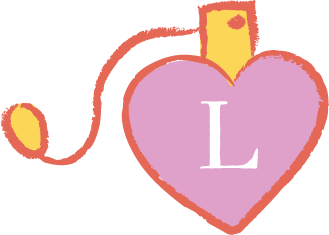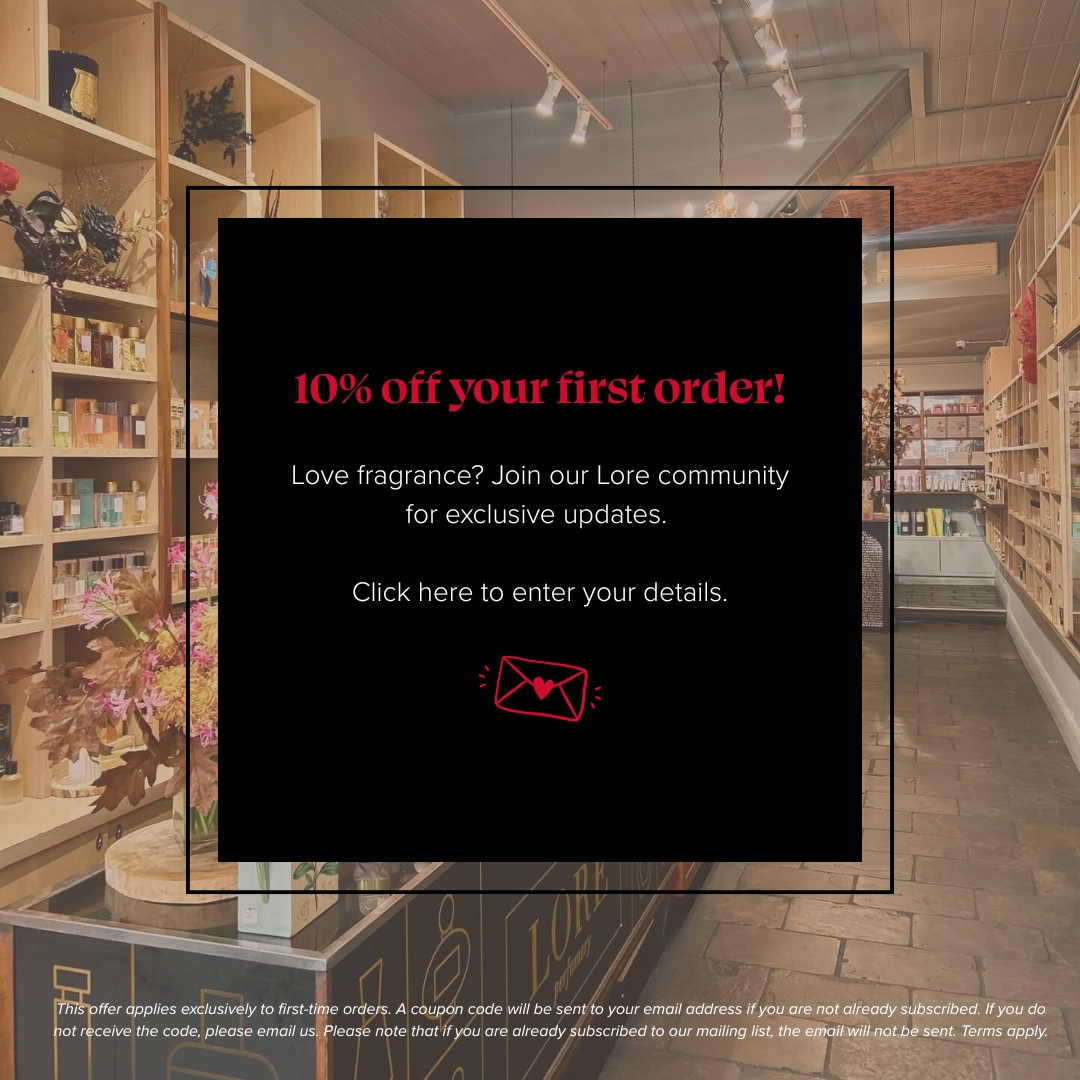- #
- ABC
- DEF
- GHI
- JKL
- MNO
- PQR
- STU
- VWXYZ
/ Fragrance / History Of Fragrance: Part I
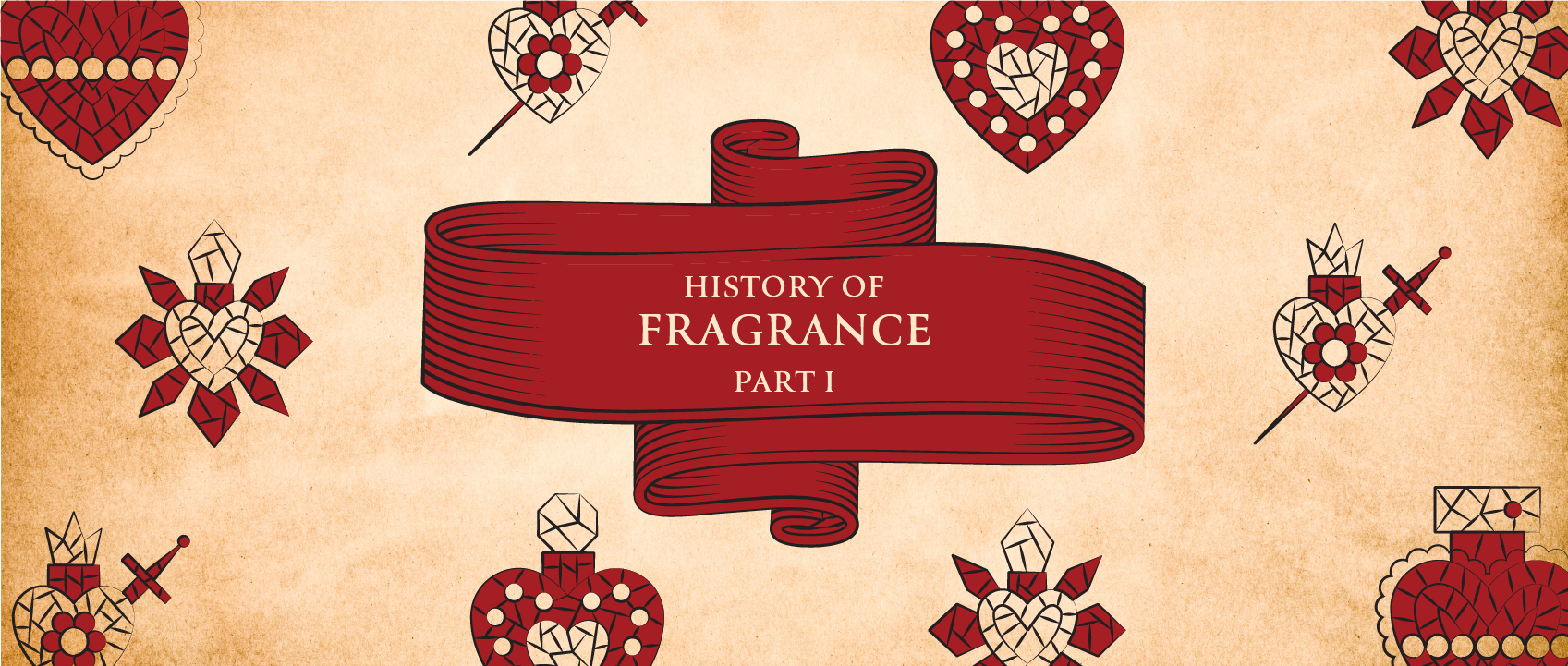
History Of Fragrance: Part I
As a part of International Fragrance Day celebrations, let’s go back a minute and talk about the history of fragrance.
There are thousands of years of fragrant lore. From religious rituals to pure, unadulterated pleasure, this art form has lived many different lives over the years.
Obviously, we do not claim to be historians by any stretch of the imagination, so come along with us for a Lore kinda history lesson. And if you want to dive in deeper, good on you, get to Googling friends!
Here is the timeline of fragrance part I:
4000 BC
The island of Cyprus is the home of the first perfumery on record.
This perfume manufacturing space was huge (considering ancient standards), which suggests that there was a large demand. And look, this was the island that Aphrodite, the Goddess of Love and Beauty called home, so it also makes sense that the locals loved the finer things in life.
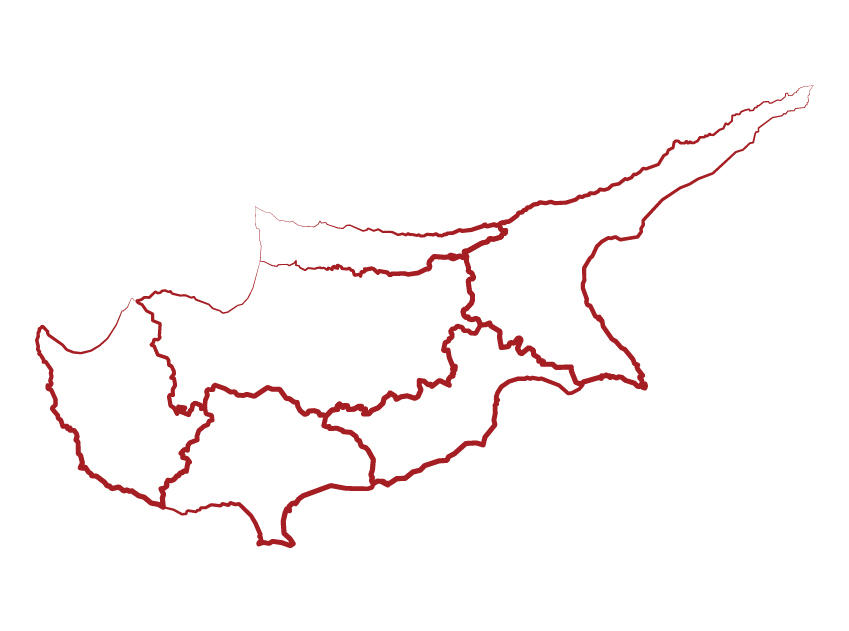
3000 BC
Ancient Egyptian texts mention perfume for the first time.
They used perfume in religious ceremonies and rituals, and bathed in scented bath oils and body oils. At this time perfume became a status symbol in Egypt, with incense and myrrh being the most commonly used ingredients.
The most magical and renowned Egyptian scent was called Kyphi and was burned as an ode to the Gods every night. The recipe can be found in ancient texts and engraved on temple walls, it includes notes of myrrh, sweet rush, cypress, grass, wine, honey, raisins, resin and juniper. Sounds like an aromatic delight!
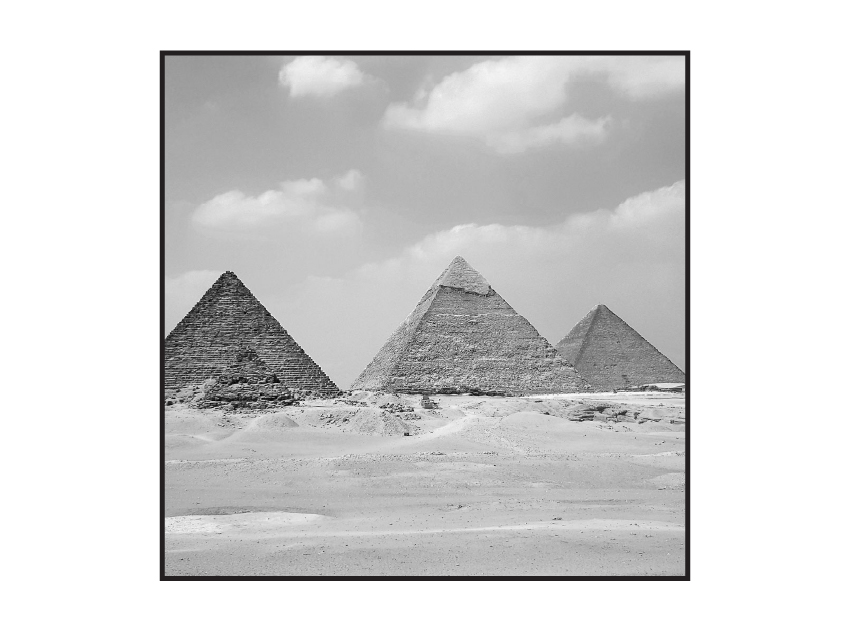
3300 BC - 1300 BC
In Ancient India, Hindu Ayuervedic texts discuss methods of distilling essential oils.
Distillation apparatus were also discovered, dated to 3000 BCE.
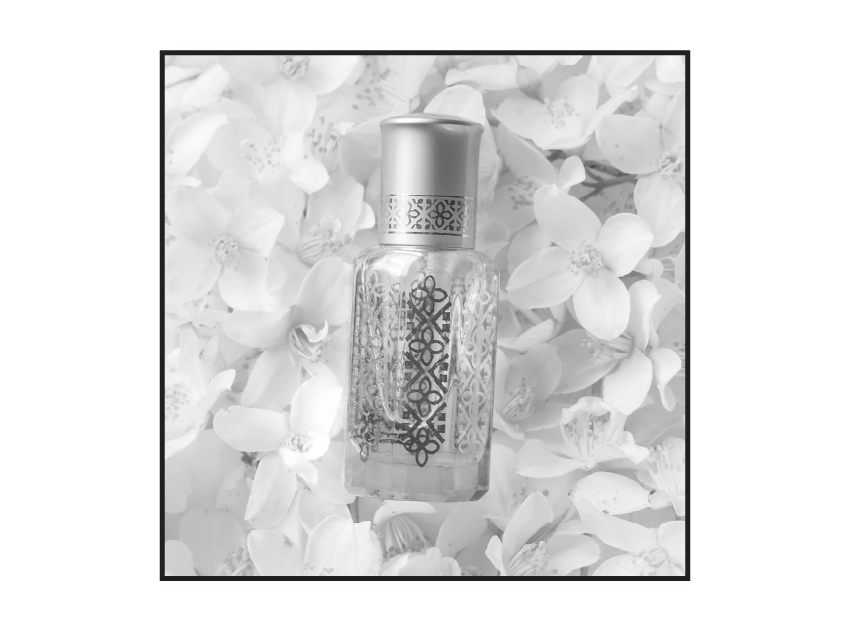
1200 BC
The world’s first perfumer, Tapputi, appears on record (a woman too, yes girl!)
It was recorded in a cuneiform tablet that she lived in Babylonian Mesopotamia. She held a powerful position in the Mesopotamian government and the Royal Palace, developing methods for scent extraction.
1 AD
The use of perfume becomes commonplace in Persia and becomes an everyday luxury across the Greek and Roman empires.
The first recorded version of a rose-scented water was favoured at this time, and beautiful hand blown glass containers were also made to house fragrances. It was all very fancy and lavish. However, this all came crashing down with the fall of the Roman Empire, after which, fragrance was not worn in Europe for hundreds of years. Gasp!
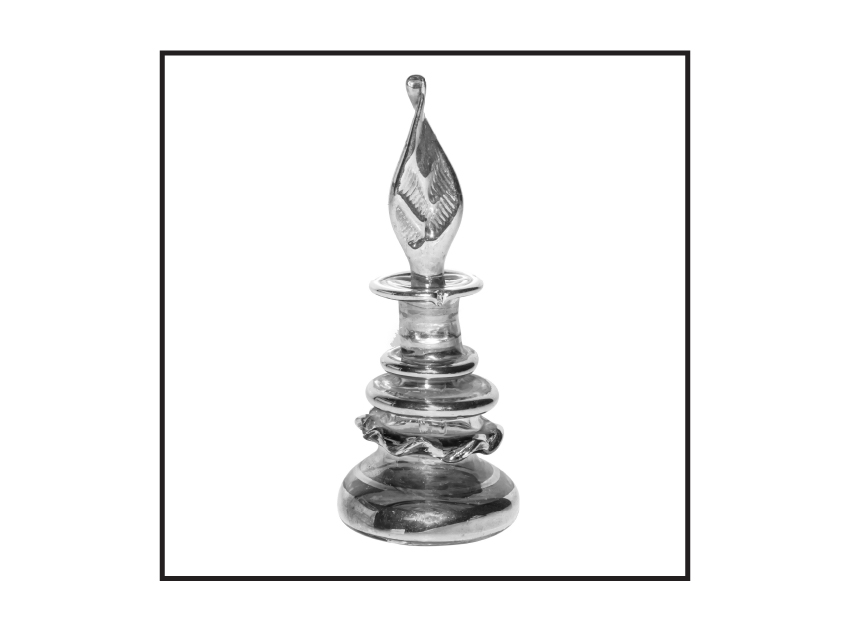
600 AD - 700 AD
Refined distillation processes and new raw materials are introduced by Arab perfumers.
Perfecting the distillation process and introducing new raw materials to the world of perfumery made a huge impact and essentially had a huge influence on the perfumed world that we live in today. Musks, ambers and roses were used for the first time; flowers were distilled for the first time. It was under the Arabic knowledge, skill and traditions that perfume made its way back to Europe in the 14th Century. Hallelujah for that!
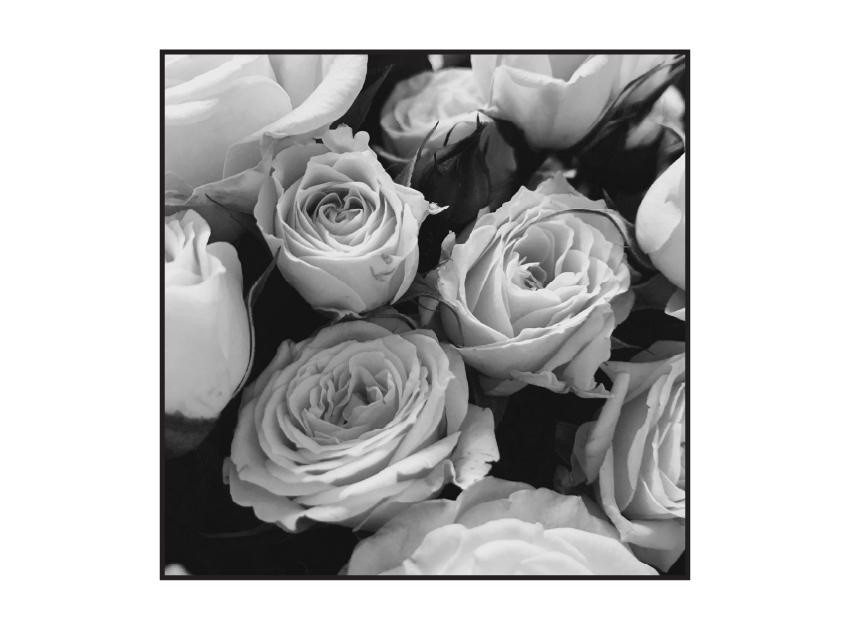
1300s
The Holy War brought fragrance to Europe and the first ever alcohol-based perfume was created for Queen Elizabeth of Hungary in 1370.
Called Hungary Water (oh such a creative name!), the fragrance was a blend of lemon, orange blossom, thyme,and rosemary, and it quickly became incredibly popular right through to the
18th Century.
1300 Onwards
France became the epicentre of the European perfume world.
Cultivating flower production in Grasse, France quickly began building a reputation for their perfume production. By 1765,the Baccarat glass factory had opened and soon were creating incredibly decadent perfume bottles for the perfumers of France. During the next hundred years, chemistry developed and became the foundation for modern perfume-making techniques. Many new fragrances were created in France at this time, and even the French Revolution did not disrupt manufacture.
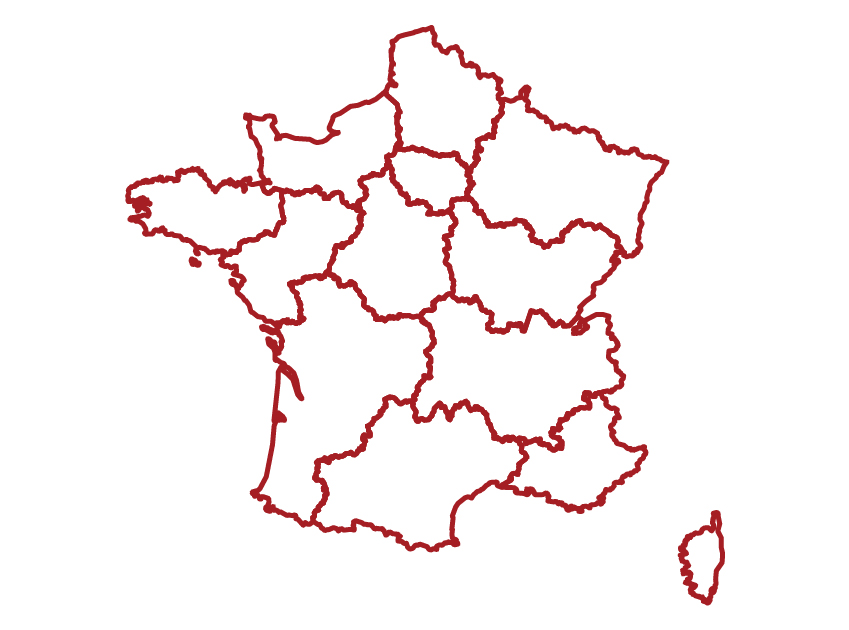
1600s
Perfume enjoyed a lot of success and growth during the 17th century.
Perfumed gloves became popular in France and in 1656, the guild of glove and perfume-makers was established. When Louis XV took the throne in 1643, his court was named “la cour parfumée” (the perfumed court). The king himself wore violet cologne and double extracted jasmine.
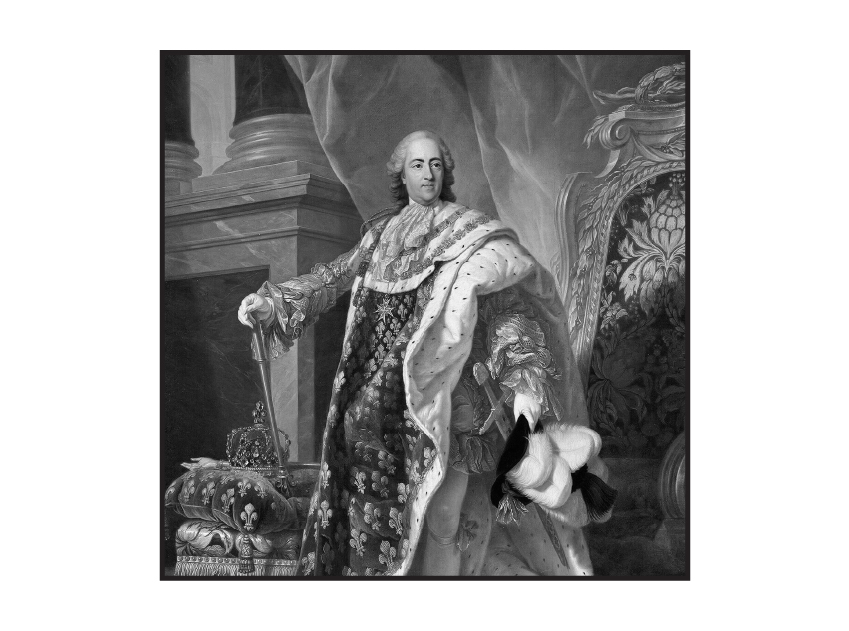
1700s
The first cologne was created in 1709.
Eau de cologne was created by an Italian barber in the German city of Köln (the French name for the city is cologne).
1800s
Post French Revolution, France became obsessed with luxury and a magnet for fashion, thus launching the careers of many iconic houses like Guerlian, Molinard, Penhaligon’s, Roger & Gallet and Clive Christianson.
The famous (and still going strong) 4711 fragrance was created by a Carthusian monk and gifted as a wedding present. This formula and fragrance is still available to this day.
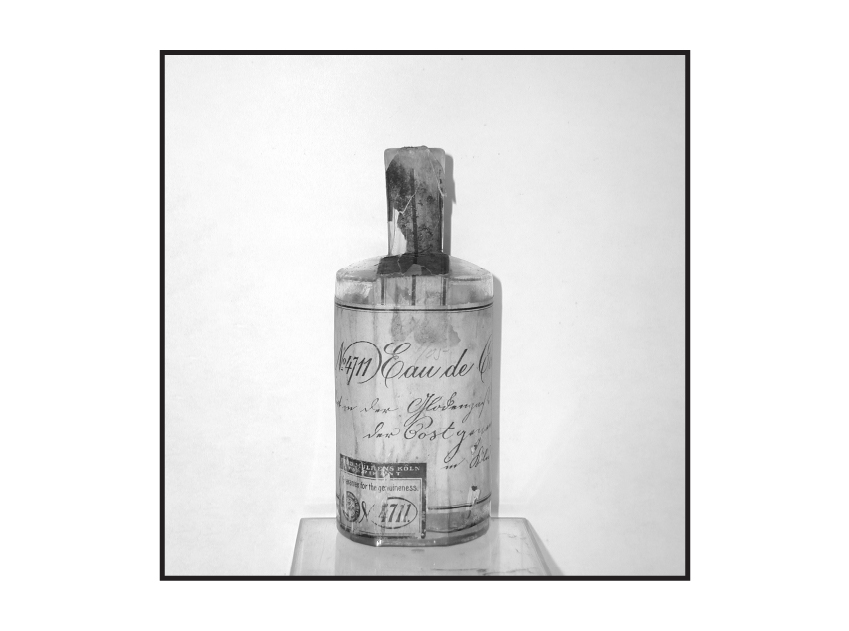
20th Century
The world of ‘modern’ perfumery essentially came to life in the late 19th Century, so you could say that the 20th Century was its coming of age.
The industry was beginning to create synthetic ingredients and iconic perfume houses were emerging. Designer fashion houses created perfumes and began to take the world by storm. Particularly Coco Chanel’s No.5 came along and put the idea of ‘designer perfume’ well and truly at the forefront of perfumery.
And that, friends, is where we will leave things for today. However, we will be back for more. The 20th Century gave us so many MAJOR fragrance moments that we needed to dedicate an entire blog just to it. So many iconic houses, scents, and developments. Oh it was wild and we can’t wait to delve deeper!
But for now, it’s over and out from us here at Lore. We hope you enjoyed this trip back in fragrant history!
Information Sources:
The Perfume Society, perfumesociety.org
Thought Co, www.thoughtco.com
Scent Grail, scentgrail.com
Wikipedia, www.wikipedia.org
McGill University – Office for Science and Society, www.mcgill.ca/oss
FragranceX, www.fragrancex.com
